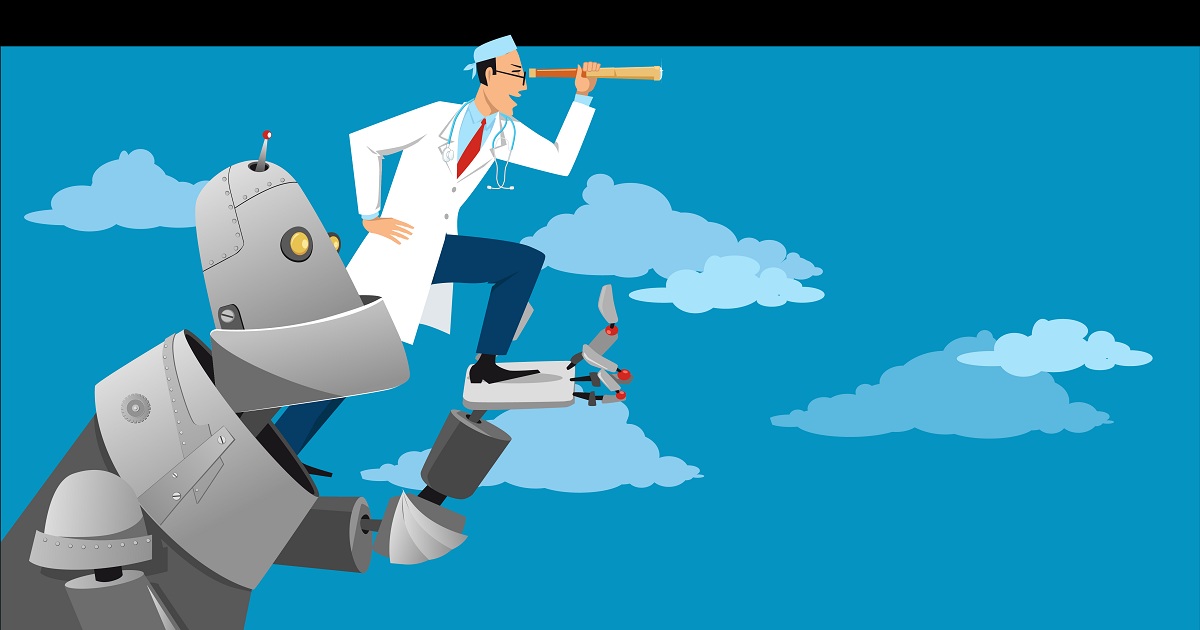Machine Learning Connecting Data to Outcomes
healthrecoverysolutions.com | March 11, 2020

There are innumerable ways in which machine learning and big data are starting to impact the healthcare industry. Artificial Intelligence (AI) can ease clinician workload by helping aid decision-making. This can include predicting which patients are most at-risk of a readmission, detecting anomalies like tumors in imaging data, and/or predicting heart conditions from smart watch data.Machine learning algorithms are any algorithms that are not explicitly programmed and instead use a large training dataset to allow the computer to learn its own rules for making predictions. Linear regression is an example of a basic ML algorithm.In this post, we discuss how machine learning can help clinicians select which patients to put on telehealth and determine the day-to-day interventions for those telehealth patients.Two recent papers have shown that machine learning can help clinicians using telehealth to:Select patients for telehealth by automatically applying an algorithm on EMR data this can save an estimated $30k per 100 patients by reducing readmissionsReplace conventional risk alerts with an algorithm which can reduce readmissions and nursing costs by 40% and decrease the overall number of readmissions.Setting up your workflow to allow for a risk analysis before choosing which patients to put on telehealth can impact outcomes and cost. At HRS, we are working on enhancing our risk alert system to help the clinicians using the HRS system choose which patients to focus on.